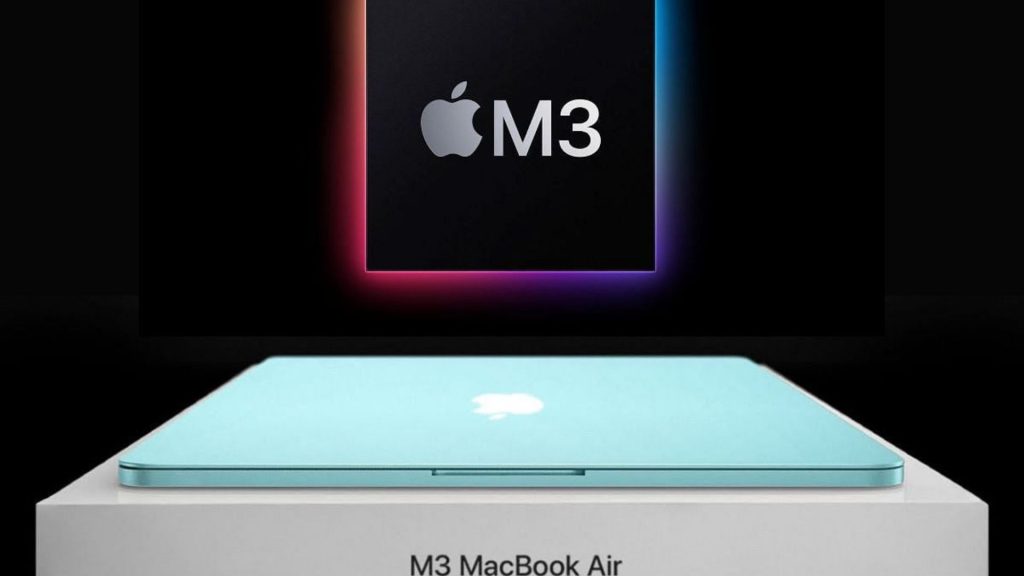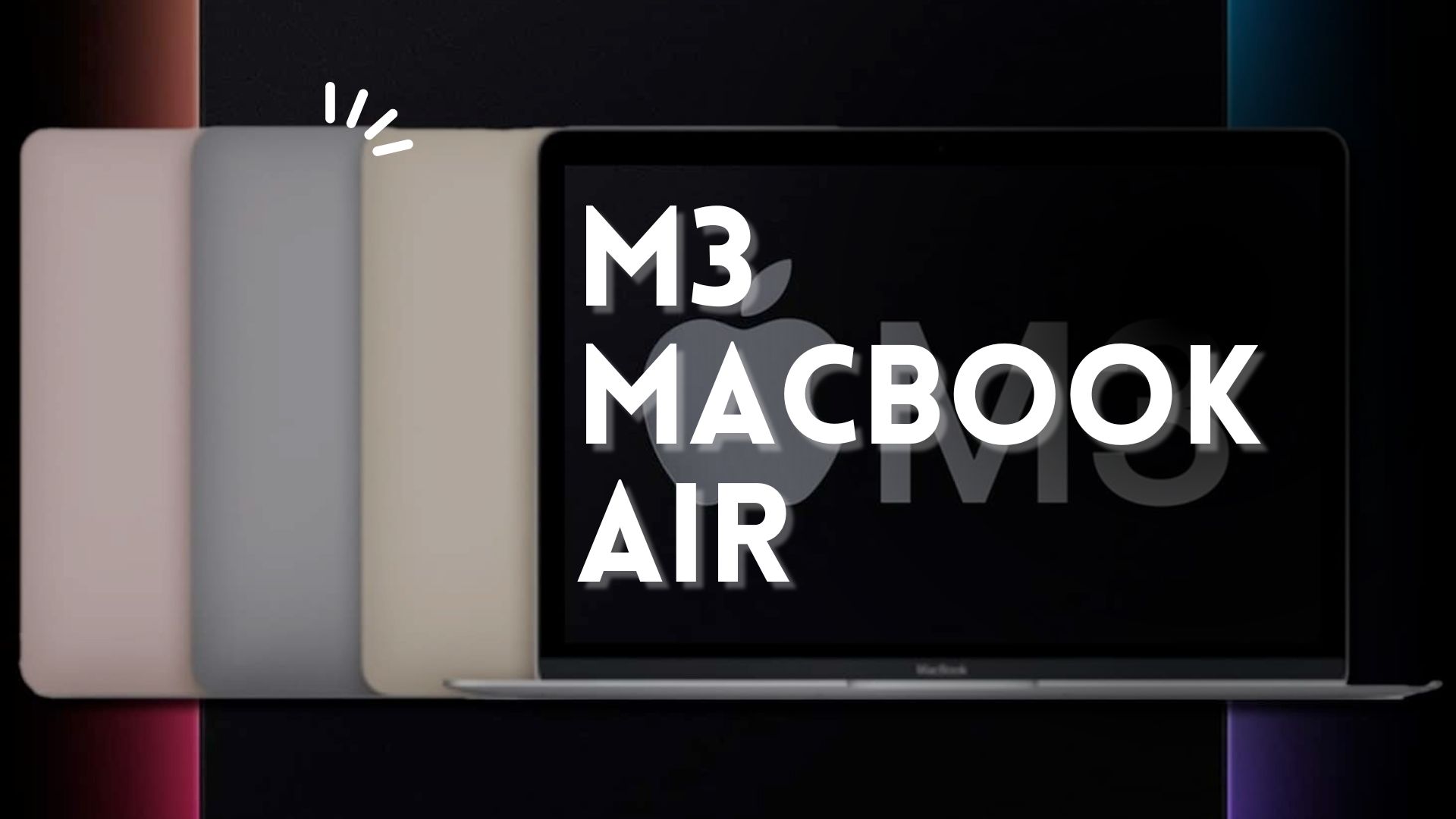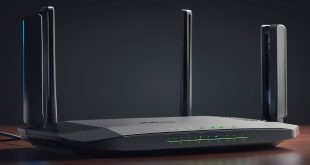The MacBook Air has long been Apple’s entry-level laptop, combining lightweight design with decent power. Rumors suggest updated models with the new M3 chip are coming this year. Will the M3 take the Air to new heights, or will it be an incremental upgrade? Let’s dive into the latest rumors and leaks about the potential capabilities of the next-gen MacBook Air.
The current MacBook Air has Apple’s M2 chip inside, but the M3 recently debuted the latest MacBook Pros and iMac, an indication an air refresh can’t be far behind. While exact details remain unconfirmed, reports suggest the M3 will bring another performance update to the air. The M3 uses an enhanced 3-nanometer manufacturing process, allowing for more transistors and efficiency gains versus the M2’s 5-nanometer design.

Are you struggling to explain your idea? Your audience is not getting what you’re trying to say. An animated explainer video is the perfect solution for you. Explainer videos simplify any complex ideas through engaging animations, transitions, voice-overs, and meaningful scripts, which all together create a fun experience for any viewer.
And here comes 10Studio, a team of skilled professionals dedicated to creating engaging explainer videos. With over thousands of completed projects, we have the expertise to create explainer videos that break down your message and connect with your audience. Get in touch with Tin Studio today!
In benchmarks, the base M3 already rivals the higher-end M1 Pro and M1 Max chips. Extrapolating from those results, we can expect the M3-powered Air to handily outpace the current model. Raw speed isn’t everything, though. The Air’s fanless design means sustained workloads can cause throttling, limiting its capabilities. The M3’s improved efficiency could help here, allowing the Air to maintain higher speeds for longer without active cooling.
Memory and storage may also get a boost. The rumored specs point to potential 8GB to 24GB RAM options, up from 8GB to 16GB in the M1 Air. We’d love to see base storage start at 256GB rather than remaining at 128GB like the current base model.
While performance and capacity upgrades would be welcome, rumors suggest the overall design will remain similar. That’s not entirely surprising, given that the current model already got a major upgrade. The new chassis introduced last year features slimmer bezels, ditching the iconic tapered wedge shape. It’s now flatter and more pro-like, while still tipping the scales around just £2.7. We expect the same sleek unibody aluminum casing to carry over, but display-wise, the latest rumors dashed hopes of an OLED panel. The current Liquid Retina display is already excellent, with 500 nits of peak brightness and wide P3 color range coverage. Rumblings indicate Mini-LED backlighting could make its way to future airs, but likely not until after the next round of refreshes.
Likewise, the overall selection of ports and connectors seems slated to stay consistent. The latest Air gets two Thunderbolt or USB 4 ports, a 3.5mm audio jack, and MagSafe charging. Wi-Fi 6e networking may replace Wi-Fi 6, given its inclusion in the new MacBook Pros. Otherwise, the external I.O. options appear locked in. There’s still a chance for some fun new colorways, though. The Air has historically offered a wider range of finishes than the more professionally-oriented Pro. We’d love to see some bold new choices, like a rich navy blue or dark forest green.
Of course, the latest gossip could always be off base. Apple could have some surprises in store when the next Air launches. But the rumors paint the picture of a familiar device, now with more speed under the hood. For many, that’s perfectly suitable. The MacBook Air occupies a specific spot in Apple’s lineup. It brings approachable pricing without straying too far into MacBook Pro pricing. The air isn’t meant for crushing intensive workloads. The fanless design means sustained performance inevitably takes a hit. The pair of Thunderbolt ports limits external connectivity options. Prospective owners should see noticeably snappier responses across day-to-day tasks. The M3 will chew through workloads like web apps, documents, and media editing with ease. And improved energy efficiency should also equate to solid battery life.
For some Pro users, the base 14-inch MacBook Pro represents a better choice. The Pro offers a more powerful M2 Pro chip, active cooling, four Thunderbolt ports, and a mini LED display. Pricing for the next Air remains unconfirmed, but we anticipate largely similar prices to today’s models. Expect the M3 Air to again start around $1199 for a base configuration. Of course, Apple could always throw us some surprises. Maybe the larger 15-inch Air will differentiate with exclusive features or an M3 Pro chip. Some may complain about the lack of cutting-edge enhancements like OLED or 5G connectivity. But for an entry-level laptop, expected upgrades like more power, ports, and memory sound pretty enticing to us. When you consider potential pricing in the same range as today’s models, the M3-infused MacBook Air continues to hold significant appeal.



